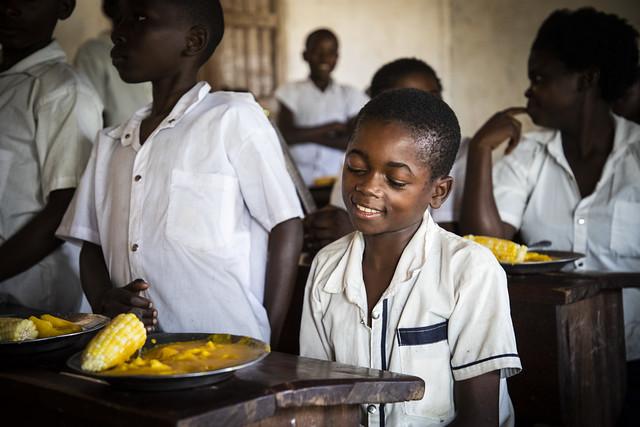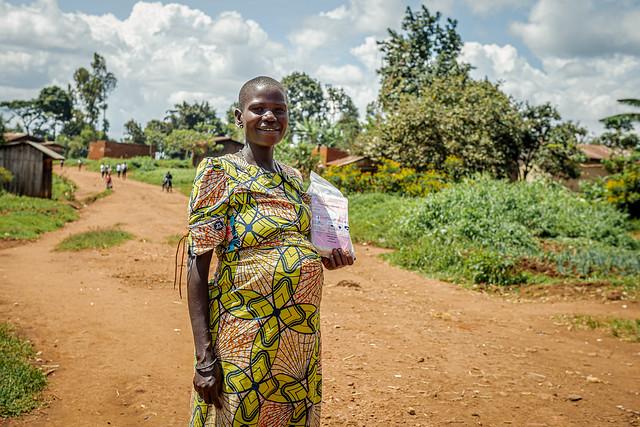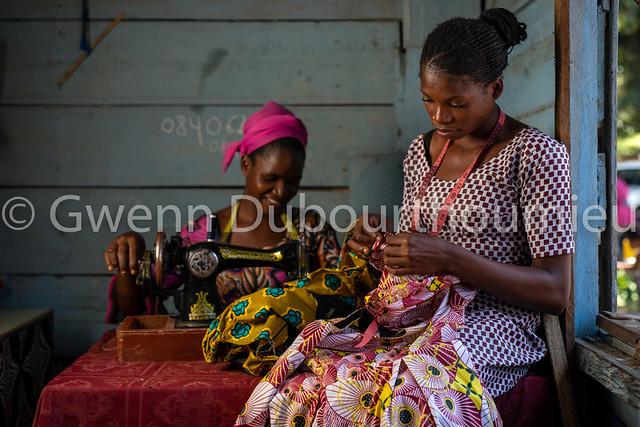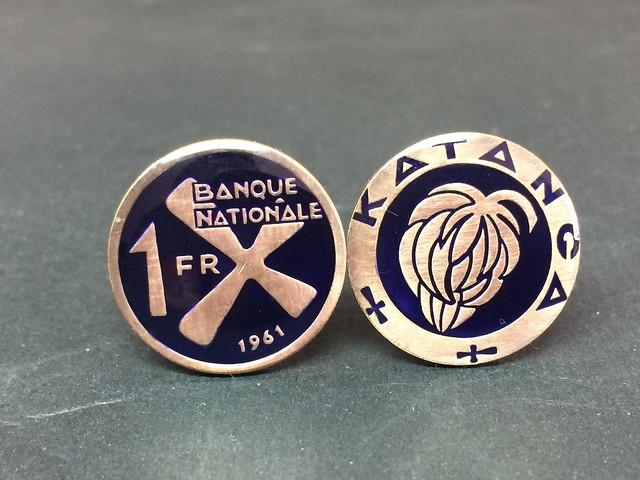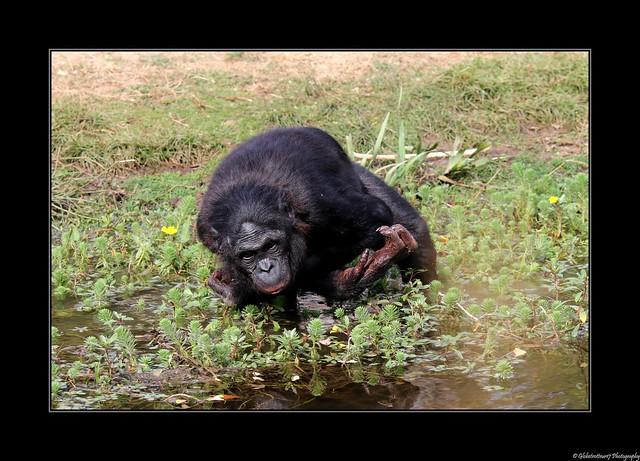Mai-Ndombe
Overview
Overview of Mai-Ndombe, Democratic Republic of the Congo
Mai-Ndombe is a province located in the western part of the Democratic Republic of the Congo, named after Lake Mai-Ndombe, meaning "black water" in the local Lingala language. This region is renowned for its vast wetlands, dense rainforests, and rich biodiversity, including numerous species of birds, reptiles, and mammals. The culture in Mai-Ndombe is vibrant and deeply rooted in local traditions and history. Indigenous communities such as the Teke and the Mongo people are prominent in the area, offering visitors a unique glimpse into their customs, crafts, and everyday life. The province's remote and untouched nature provides a unique backdrop unlike more urbanized regions, making it a fascinating destination for those interested in exploring authentic African wilderness and culture.
High Season for Tourism in Mai-Ndombe
The best time to visit Mai-Ndombe is during the dry season, which runs from May to September. During these months, the weather is generally milder and the roads are more navigable, making it easier to explore the natural landscapes and participate in outdoor activities. Tourists can engage in hiking, bird watching, and boat trips on the lakes and rivers to observe wildlife in their natural habitats. Exploring the local villages and interacting with the indigenous communities can also be more comfortable during this period, as the reduced rainfall facilitates travel and outdoor interactions. This season is perfect for those looking to immerse themselves in nature and experience the cultural richness of the province.
Preparation for Traveling to Mai-Ndombe
Traveling to Mai-Ndombe requires careful preparation due to its remote location and the basic infrastructure. It is essential for visitors, especially teenagers, to ensure they have all necessary vaccinations recommended for travel in the Democratic Republic of the Congo, including yellow fever, malaria prophylaxis, and routine vaccinations like tetanus and hepatitis. Getting comprehensive travel insurance that covers medical evacuation is also crucial given the limited medical facilities in remote areas. Packing should include light, breathable clothing for the humid and hot climate, as well as sturdy footwear for hiking. Additionally, bringing along insect repellent, a basic first aid kit, and any personal medications is highly advised. Lastly, learning a few phrases in French or Lingala can greatly enhance communication with local residents, enriching the overall travel experience.
How It Becomes to This
History not available
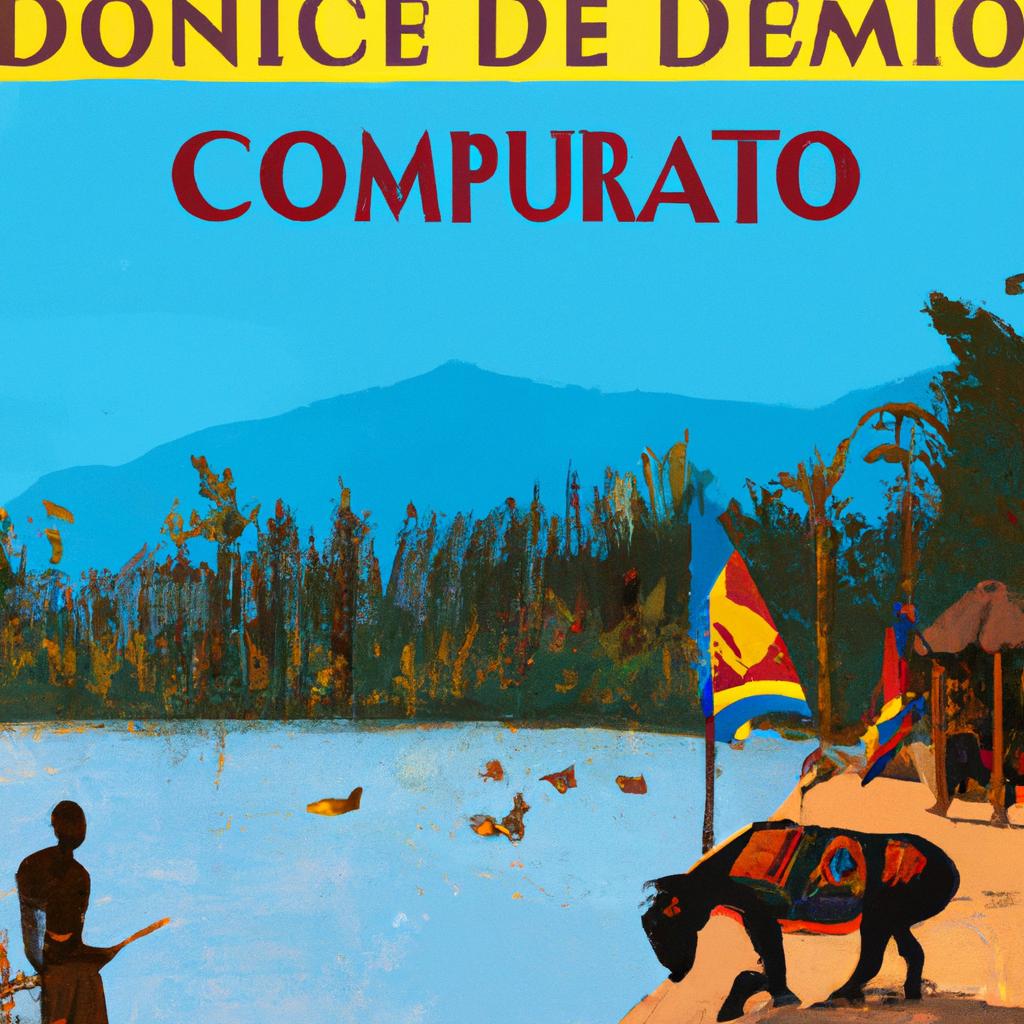
You May Like
Explore other interesting states in Democratic Republic of the Congo
Discover More Area
Delve into more destinations within this state and uncover hidden gems.






